The quasiparticles associated with a phenomenon called the fractional quantum Hall effect can bind together into stable clusters.
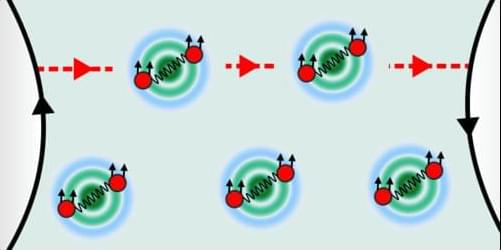


Navigating The Deep Tech Industrial Revolution with Chuck Brooks.
Link.
Chuck Brooks got his start in cybersecurity at the Department of Homeland Security, as one of the organization’s first hires. He has worked in Congress and other agencies, as well as large companies and cybersecurity firms. He uses experiences to teach students at Georgetown University how to manage change, including the kind posed by quantum tech. In this podcast episode, Chuck and host Veronica Combs discuss digital security threats and how to use AI.
🎧 Tune in here: https://lnkd.in/gMkTjuE6
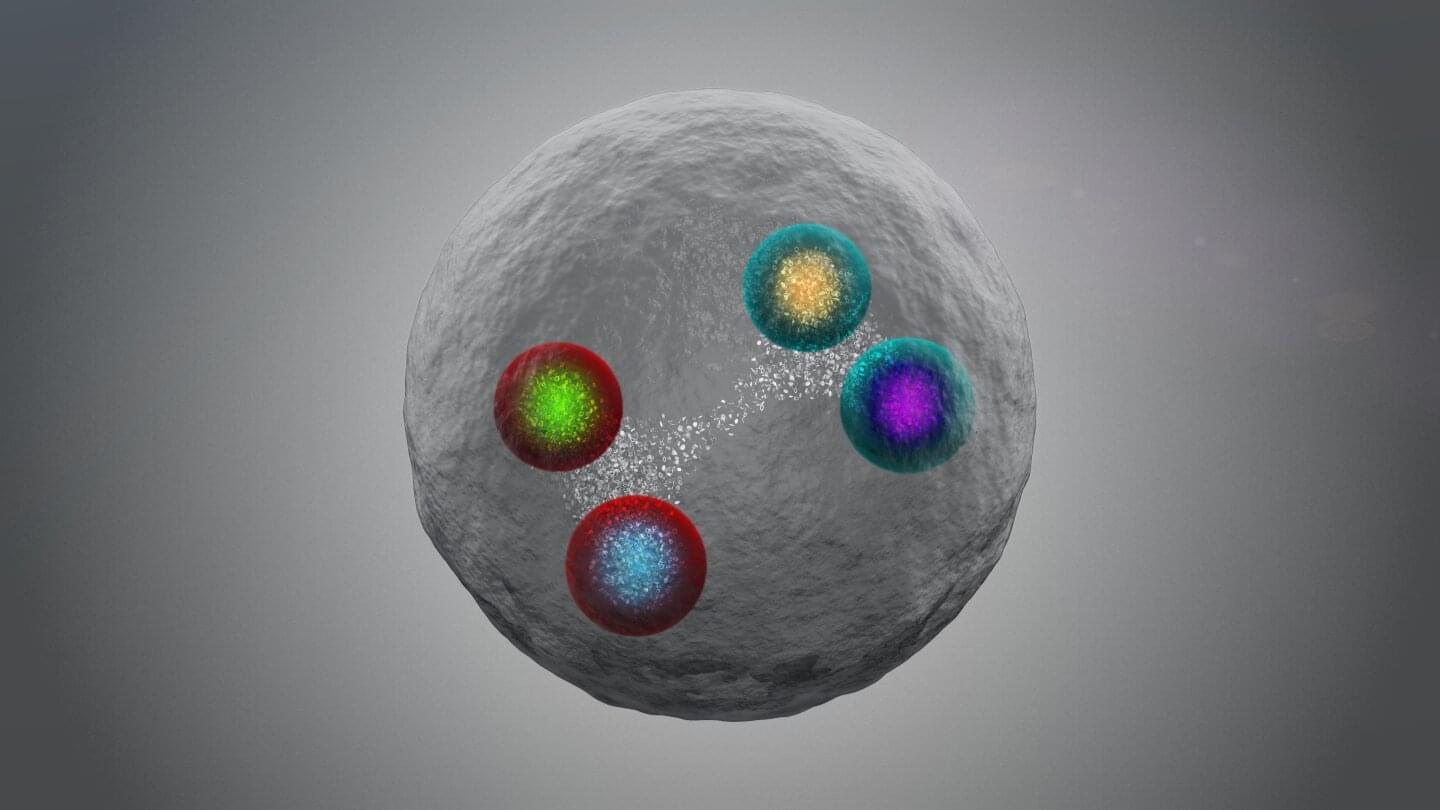
The CMS collaboration reports the first measurement of the quantum properties of a family of tetraquarks that was recently discovered at the LHC.
To date, the Large Hadron Collider (LHC) at CERN has discovered 80 particles. The most famous is the Higgs boson, a crucial ingredient in the fundamental laws of the universe. The rest are particles called hadrons made up of quarks, which allow physicists to investigate the intriguing properties of the strong nuclear force.
Of the hadrons discovered so far, most are familiar sets of two or three quarks (so-called mesons and baryons, respectively). But one of the LHC’s most striking discoveries is the confirmation of exotic hadrons composed of four or five quarks.

A prototype device that has demonstrated record-breaking longevity could help open up new frontiers in next-generation communications and computing technologies.
An international team of researchers from Scotland, the U.S. and Japan are behind the development of the terahertz-wave device, which was fabricated more than 11 years ago and still works as well as it did the day it was made.
The team’s tiny terahertz emitter device, which has elements that are less than the width of a human hair and can be powered by a single volt, could help overcome one of the key challenges holding back the widespread adoption of terahertz-wave technologies.

SUNY Poly Professor of Physics Dr. Amir Fariborz recently published a paper in Physical Review D titled “Spinless glueballs in generalized linear sigma model.” The work takes on a central challenge in modern physics: understanding how the strongest force in nature shapes the inner structure of matter, and how it may produce an unusual form of matter made entirely from the carriers of that force.
Here’s the quick background. Everything is made of atoms. Atoms have a nucleus made of protons and neutrons, and those are made of even smaller pieces called quarks. Quarks are held together by gluons, which carry the strong interaction described by quantum chromodynamics (QCD).
Composite subatomic particles—hadrons—are built from quarks and gluons. Hadrons fall into two main groups: mesons and baryons. QCD does a great job explaining what happens when particles collide at very high energies, but at lower energies it becomes much harder to calculate, so researchers use well-tested models that still follow QCD’s rules.
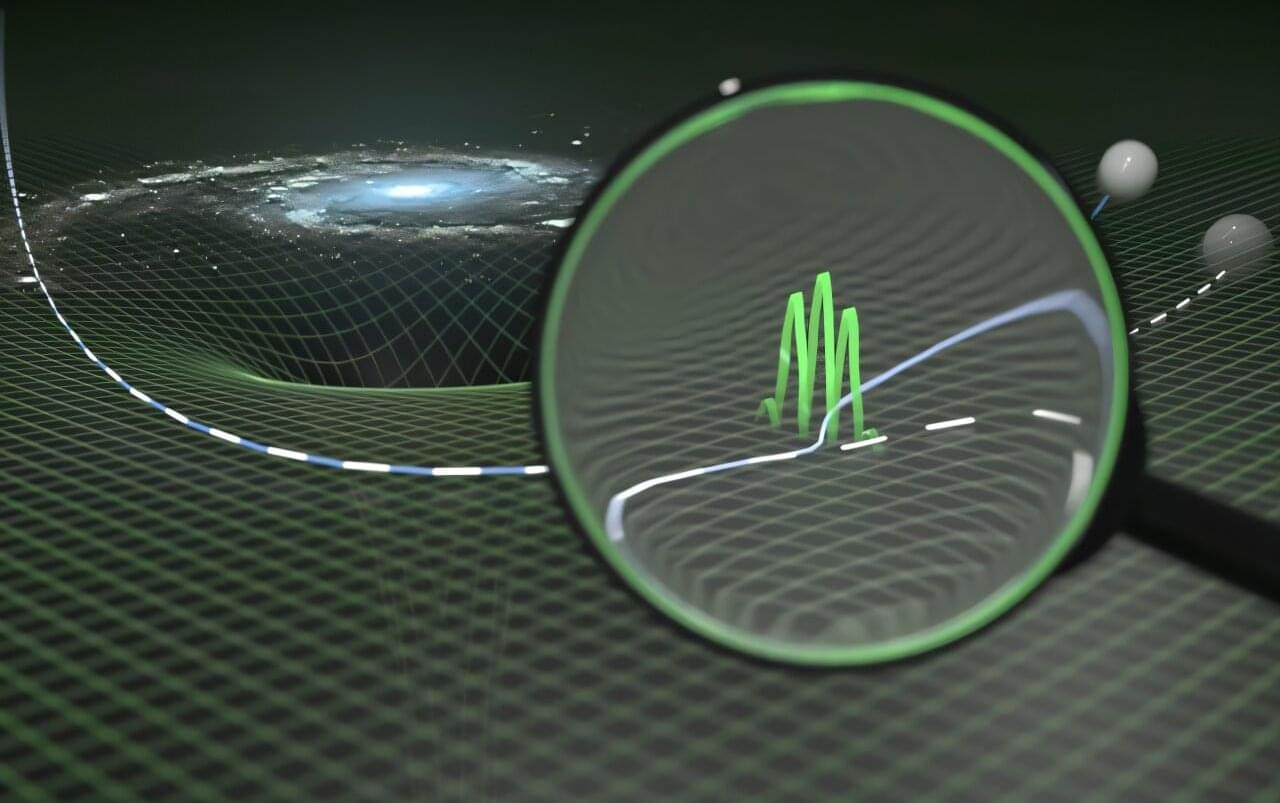
It is something like the “Holy Grail” of physics: unifying particle physics and gravitation. The world of tiny particles is described extremely well by quantum theory, while the world of gravitation is captured by Einstein’s general theory of relativity. But combining the two has not yet worked—the two leading theories of theoretical physics still do not quite fit together.
There are many ideas for such a unification—with names like string theory, loop quantum gravity, canonical quantum gravity or asymptotically safe gravity. Each of them has its strengths and weaknesses. What has been missing so far, however, are observable predictions for measurable quantities and experimental data that could reveal which of these theories actually describes nature best. A new study from TU Wien published in Physical Review D may now have brought us a small step closer to this ambitious goal.
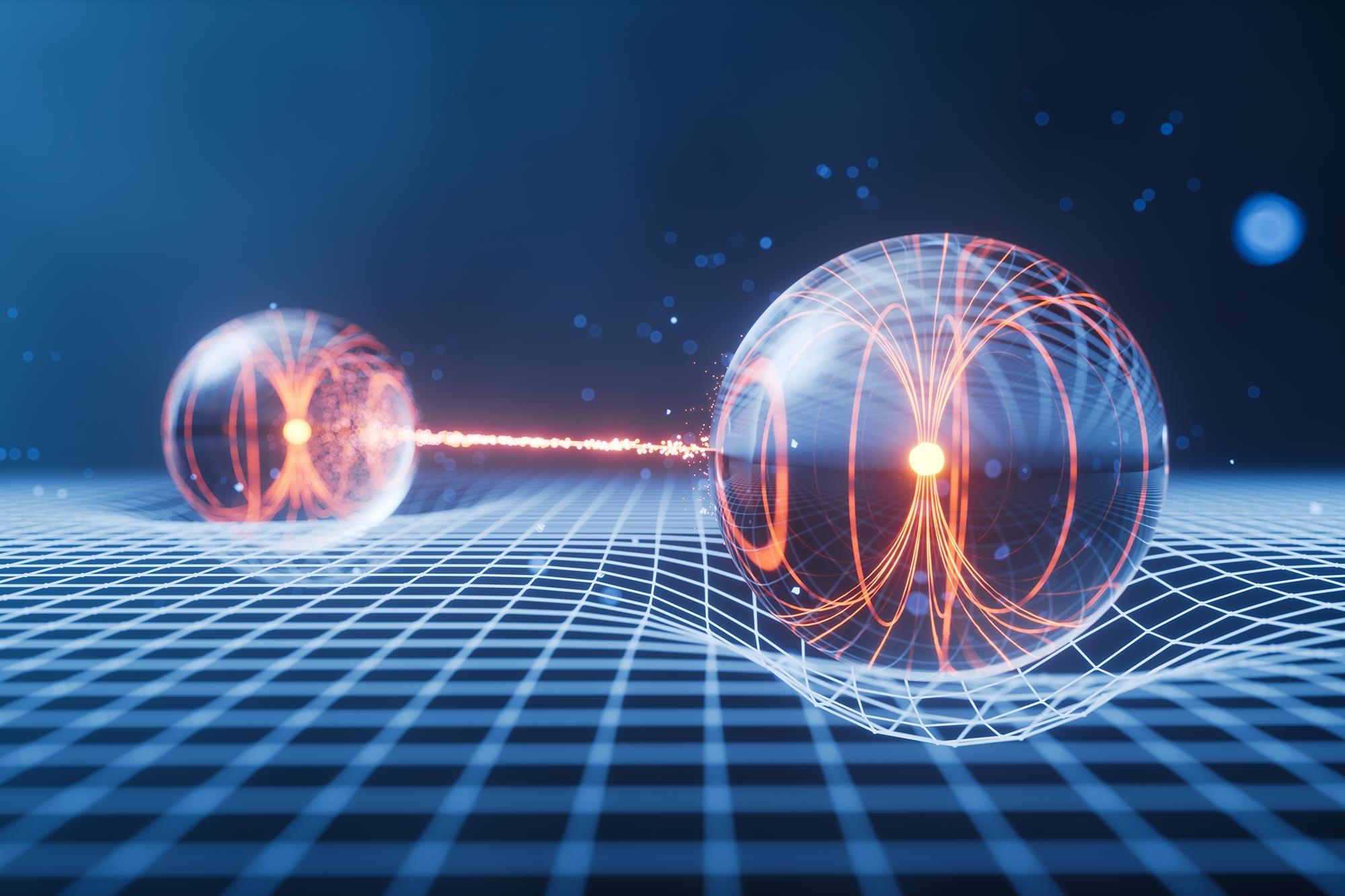
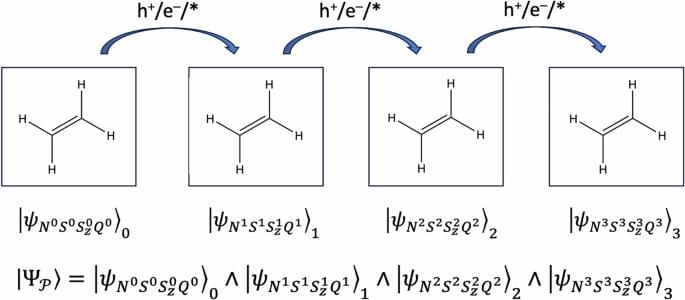
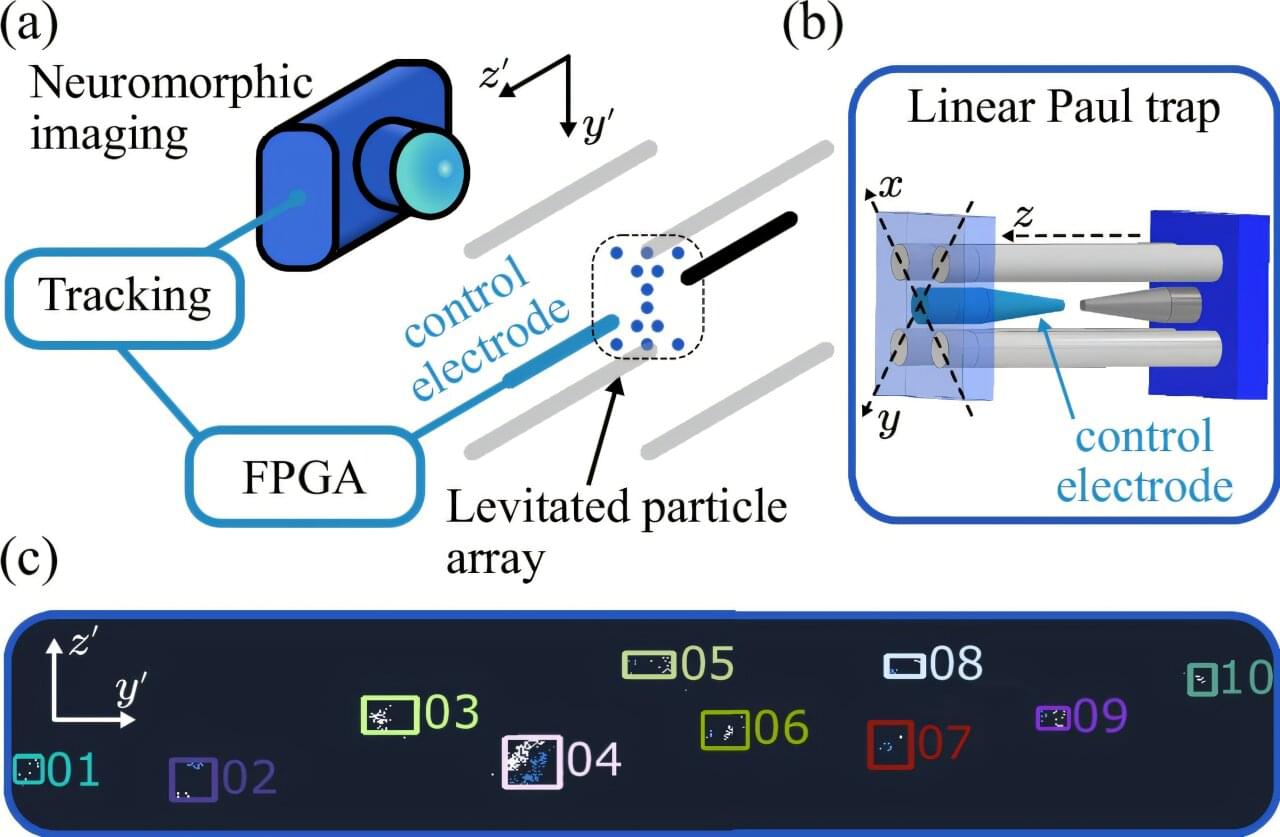
A new type of sensor that levitates dozens of glass microparticles could revolutionize the accuracy and efficiency of sensing, laying the foundation for better autonomous vehicles, navigation and even the detection of dark matter.
Using a camera inspired by the human eye, scientists from King’s College London believe they could track upwards of 100 floating particles in what could be one of the most sensitive sensors to date.
Levitating sensors typically isolate small particles to observe and quantify the impact of outside forces like acceleration on them. The higher the number of particles which could be disturbed and the greater their isolation from their environment, the more accurate the sensor can be.
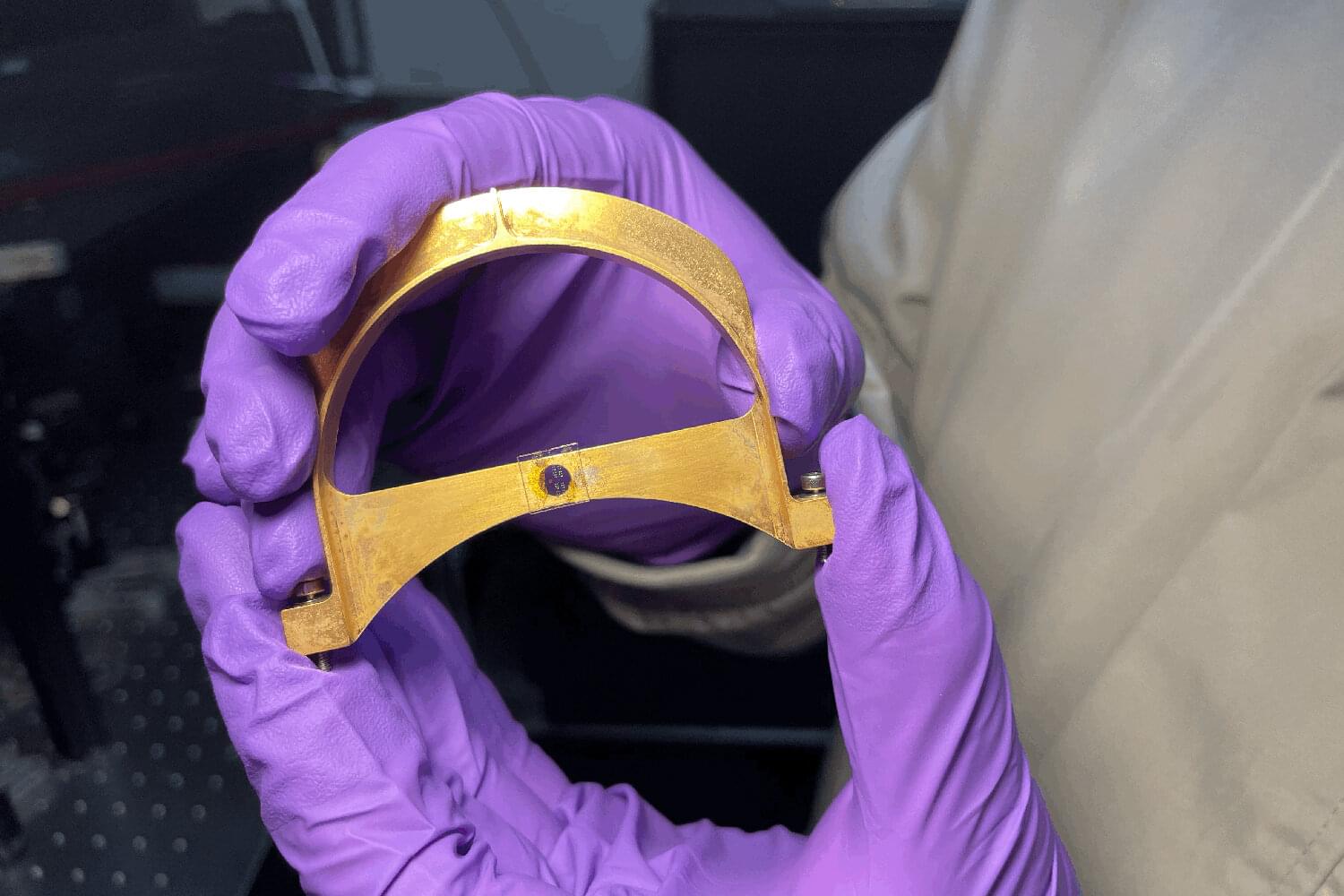
A tiny device that entangles light and electrons without super-cooling could revolutionize quantum tech in cryptography, computing, and AI.
Present-day quantum computers are big, expensive, and impractical, operating at temperatures near-459 degrees Fahrenheit, or “absolute zero.” In a new paper, however, materials scientists at Stanford University introduce a new nanoscale optical device that works at room temperature to entangle the spin of photons (particles of light) and electrons to achieve quantum communication—an approach that uses the laws of quantum physics to transmit and process data. The technology could usher in a new era of low-cost, low-energy quantum components able to communicate over great distances.
“The material in question is not really new, but the way we use it is,” says Jennifer Dionne, a professor of materials science and engineering and senior author of the paper just published in Nature Communications describing the novel device. “It provides a very versatile, stable spin connection between electrons and photons that is the theoretical basis of quantum communication. Typically, however, the electrons lose their spin too quickly to be useful.”